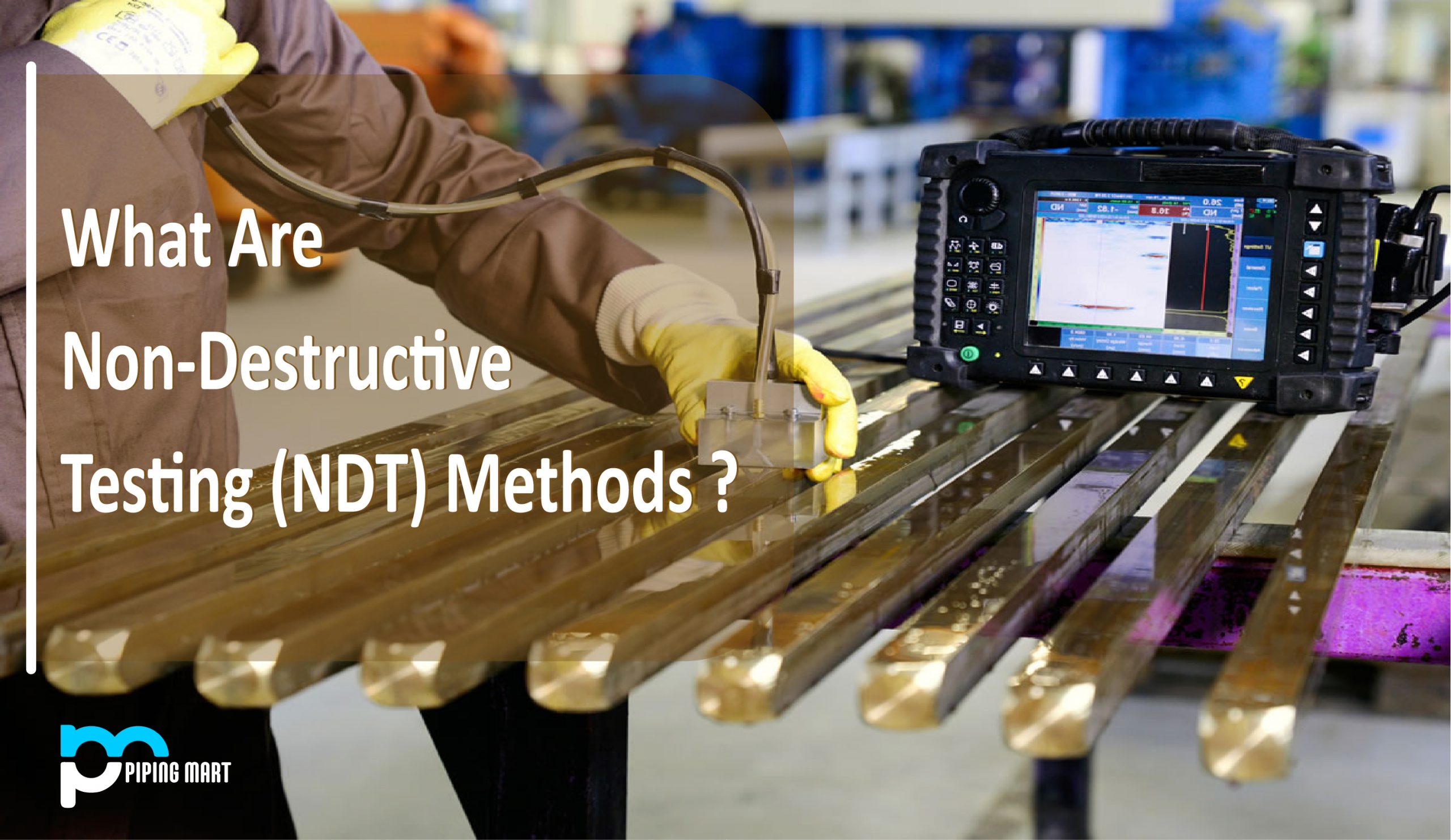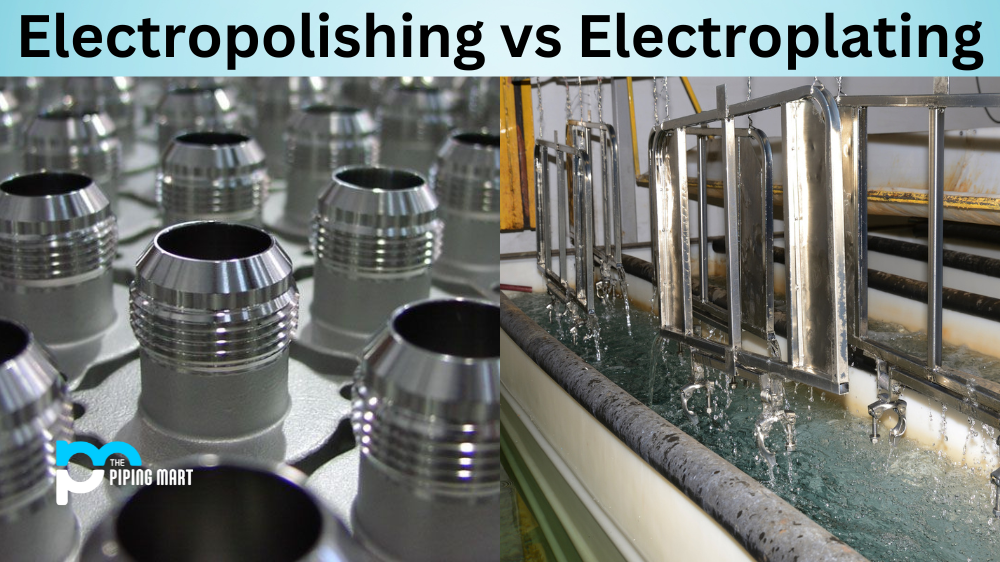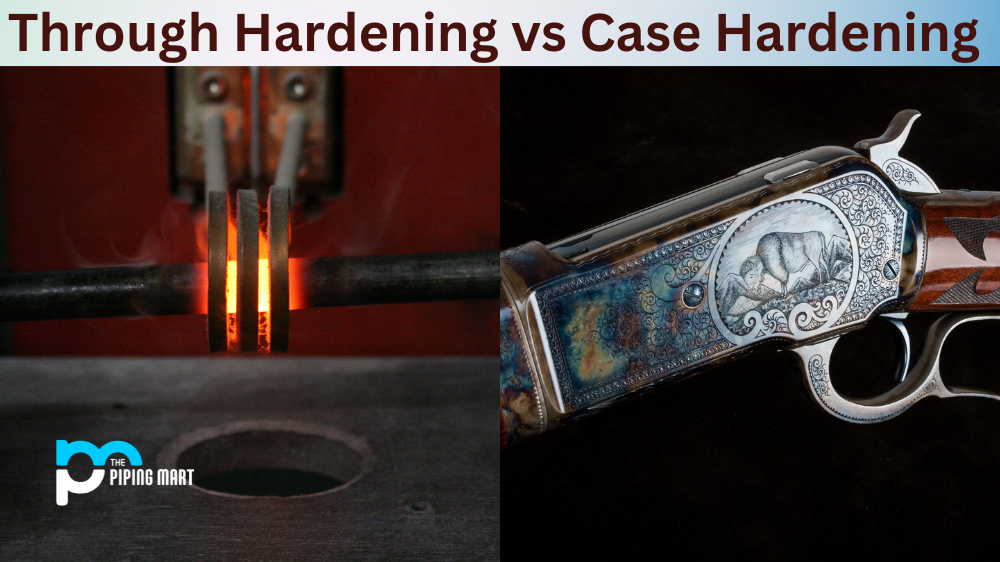Are you a manufacturer or operator of an industrial asset that is in need of non-destructive testing (NDT) services? If so, it’s important to understand the various methods and technologies available for detecting defects without causing any destruction or harm. While many decorative objects like art can benefit from inspections using invasive approaches, industrial assets require NDT methods due to their critical role within operations. We will review six proven methods of non-destructive testing, discuss their respective capabilities and examine why they are each necessary in a variety of safety-critical applications.
What is Non-Destructive Testing?
Non-destructive testing (NDT), as the name suggests, is a method of testing materials, components, structures, or assemblies without causing damage or affecting their workability. In contrast to other ways of testing, where the subject cannot be used after the procedure, this technique allows the subject to be utilized after the procedure. It has the obvious benefit of not wasting resources during testing, making it a more efficient and cost-effective method. But what precisely are NDT methods? How can you test something without damaging it?
Thanks to technological advancements, there is now a varied range of methods for performing NDTs, each with its own set of parameters and degrees of effectiveness. Each method is specific and works best with distinct types of materials.
Types of Non-Destructive Testing
Some of the most prominent Non-Destructive testing techniques are listed below.
Visual Testing (VT)
Visual testing, often known as visual inspection, is the most popular and fundamental testing approach. It consists of an operator gathering visual data to identify the material’s state. Visual testing alone will show corrosion, damage, cracks, and other flaws to an expert professional.
Inspectors frequently examine the material with their own eyes. Workers can also use technology and computer-assisted devices to do remote visual testing in difficult-to-reach areas.
Ultrasonic Testing (UT)
Workers conduct ultrasonic testing by transmitting high-frequency sound into a material to observe variations in its properties. The interactions of the sound waves with the material offer information about its overall condition. This sort of testing is classified into three types:
Pulse-Echo Inspection (PE): This technique involves transmitting a sound wave onto the surface of a material. It is recorded how long it takes for the sound to travel through the part and be reflected. If you know the acoustic velocity of the material, you will notice changes if there are discontinuities in the material.
Transmission Testing (TT): This approach tests the material using two transducers, one to transmit and one to receive. They are placed on both ends of the test material and emit a sound wave. The sound is then lowered by any faults, like porosity, in the material.
Time of Flight Diffraction (ToFD): This method is utilized when a true reflection cannot be obtained from a material. It detects sound diffraction due to a surface imperfection. Catching faults along a perpendicular surface is a nice example.
Radiographic Testing (RT)
This non-destructive testing technique uses radiation to detect defects in a specific material. Radiographic testing uses x-rays for thin materials and gamma rays for thicker materials. These rays pass through the subject, which is subsequently processed into a picture by the computer. This will identify any faults in the material.
Electromagnetic Testing (ET)
Electromagnetic testing looks for faults in a material by using an electric current or a magnetic field. They are applied to a conductive area of the subject and record any changes to conclude the material’s state.
Eddy current testing, alternating current field measurement, and remote testing are the three types. Eddy testing uses an AC coil to generate a magnetic field, whereas the other two use a probe. Remote testing is best used to test pipes.
Acoustic Emission Testing (AE)
Acoustic emission testing, one of the more passive methods, detects ultrasonic emissions to identify faults and discontinuities.
Active cracks inside an assembly generate ultrasonic bursts that may be detected by the equipment. This provides the inspector with information about the material’s integrity. This approach is used to test structures that are subjected to constant pressure, such as bridges.
Leak Testing (LT)
This technique is used to detect leaks, cracks, holes, and other flaws in materials such as pipes. There are four methods for doing so:
Bubble leak test: This technique looks for leaks using a tank of water or, in certain cases, a bottle of water. When the material is submerged in water, bubbles form, indicating that air is escaping from it. The source of the bubbles indicates the location of the leak.
Pressure change testing: This technique estimates the pressure or vacuum in a closed system. You can detect any variations in pressure that suggest a leak with the use of correct equipment.
Halogen diode testing: Pressure change testing is identical to halogen diode testing, except that a halogen-based tracer gas is mixed with the air. A halogen tracer, often known as a “sniffer,” is then used to locate leakage.
Mass spectrometer testing: Helium is mixed with air in this variation. The sniffer or mass spectrometer will detect changes in the air that indicate a leak.

Pipingmart is B2B portal specializes in industrial, metal and piping products. Also, share latest information and news related to products, materials and different types grades to help business dealing in this industry.




